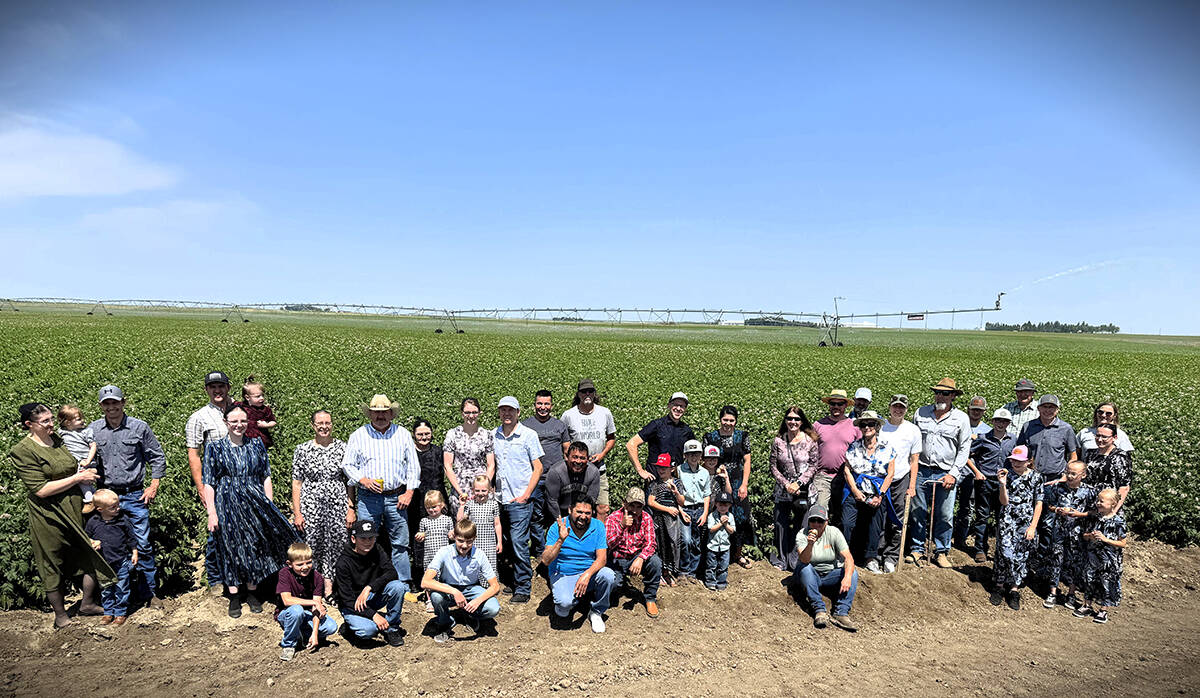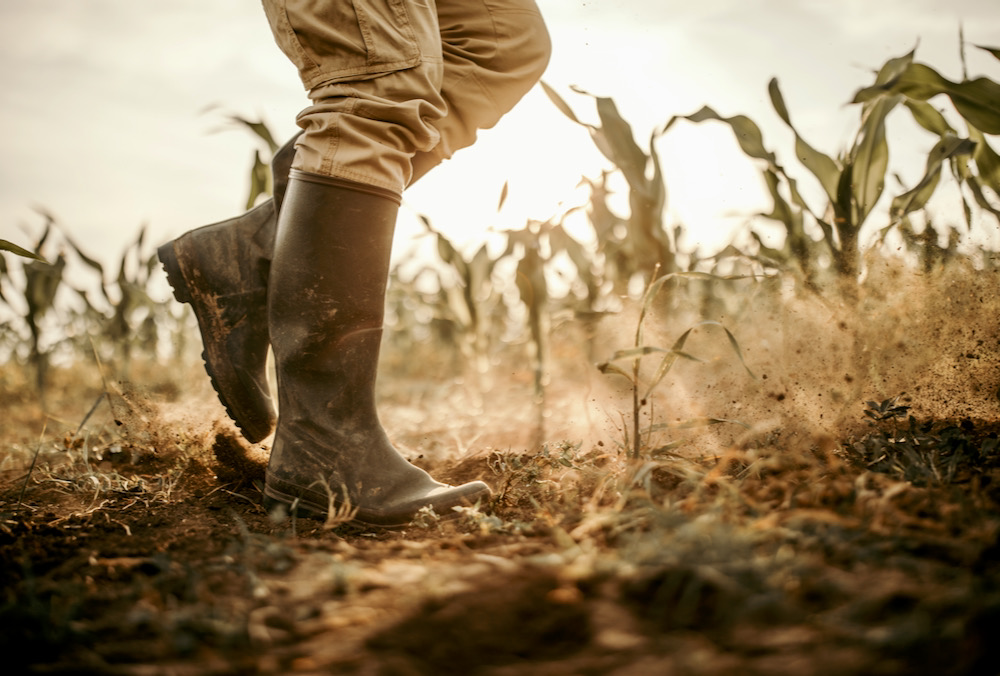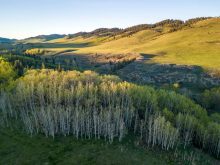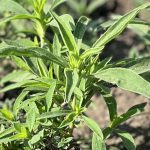It seems as though everyone is talking about regenerative agriculture these days.
But nailing down exactly what it is can be a challenge.
“I completely agree that there are a lot of issues with being able to define what regenerative agriculture is,” said Kris Nichols, a Calgary soil microbiologist and well-known expert on soil health.
Read Also

Alberta farm’s regenerative ag practices recognized
Canadian/southern Alberta farmers receive international recognition from multi-billion dollar PepsiCo for its environmental and regenerative agricultural practices at the Global Farmer Awards
“Regenerative agriculture can provide a lot of different options and opportunities, but doesn’t lend itself to particular characteristics, other than trying to work with more biologically based practices.”
Nichols is one of the speakers at the Western Canada Soil Health and Grazing Conference, a popular event that is returning in December after a two-year absence because of the pandemic.
While soil health has long been its main focus, this year’s edition (in Edmonton from Dec. 13-15) is being billed as “Western Canada’s premier regenerative agriculture conference.”
But the two go hand in hand, said Nichols.
“The interest is in identifying the various types of practices and opportunities and options that come from regenerative agriculture. Then you can look to find ways to improve the health of your soil,” she said.

More farmers are interested in learning about regenerative ag, in part because of the federal government’s On-Farm Climate Action Fund, said conference chair Nora Paulovich. The program will distribute $200 million to producers (up to $75,000 per farm on an 85:15 cost-share basis) to help them implement nutrient management practices that reduce greenhouse gas emissions, rotational grazing or cover cropping.
While those fall under the umbrella of regenerative ag, what’s happening in the soil is key, said Paulovich, who farms near Manning and is the former manager of the North Peace Applied Research Association
“Soil health. to me, is a huge component of it,” she said.
Practising regenerative agriculture starts with a close look at what’s happening on fields and pastures, and investigating how practices such as more diverse rotations, cover crops and tree rows can make a difference to the entire system, said Nichols.
Innovation can happen across several different levels, and that can include adopting new technology, adjusting rotations, using cover crops, incorporating grazing and managing the land to encourage pollinators, birds and bats.
“It’s almost limitless in the list of options that you have to look at in regenerative agriculture,” she said.
“That again is where the problem lies, when we’re defining agricultural systems like organic or conventional. All of these different types of systems are based on a list of practices that are those traits.”
Nichols defines a soil health focus as using an “integrated, innovative, intensive and a dynamic systems approach.” Each of those components can be defined in different ways, but whatever individual practices a producer chooses to employ should work together, she said.
The topic is broad and that’s reflected by the agenda of the soil health and grazing conference, which will feature speakers and producers from Canada, the U.S. and abroad.
Topics include in-depth dives into science, such as communication in mycorrhizal networks and correlations between rumen biology and soil health, to specific practices such as cover cropping or grazing to improve soil health.
And while regenerative agriculture gets a lot of attention on social media and in marketing campaigns, many farmers are responding to what they experience on their farms.
For example, Nichols said she noticed more interest in the topic this year because soaring fertilizer prices had many producers looking for ways that could, over the longer term, reduce their inputs.
“Being able to dynamically respond to those issues and make some changes in your management and in your farmscape is an important component of that,” she said.
Others are looking to regenerative agriculture to solve long-standing problems.
“Because chemistry, mechanics and physics haven’t been able to solve the underlying issues that exist, particularly tight margins, farmers and ranchers are looking for other types of solutions,” said Nichols. “Regenerative agriculture, using more of a biologically based approach, has definitely been something that is helping them.”
The Western Canada Soil Health and Grazing Conference has been a hit since it began and Paulovich predicts it will be sold out again this year.
“We started out with a sold-out conference in 2015 and it has just gained momentum,” she said, noting registration is capped at 500.
In the years since Paulovich has been involved with the conference, she’s seen more people get excited about it, and had more people seeking information about the conference.
“When we do an evaluation, we find that there’s a lot of new people coming who have heard about the conference from other people,” she said. “I know the networking that happens continues after the conference. Attendees are getting contact information from people who have done presentations or from other attendees.”

Organizers strive to strike a balance in the speaker line-up with a mix of experts and producers, said Paulovich. However, the line between the two is getting blurred because over the years, some producers have delved into soil health or regenerative agriculture to such a level that they’ve become experts and have held their own speaker sessions.
Nichols, who has presented at the conference several times, has also noticed how it continues to attract more farmers and ranchers and not only the same people every year.
That’s a positive thing, she said.
“If we truly want to be able to capture what regenerative agriculture can bring to soil and human health, we need to have a large level of impact,” she said. “What I do like about the Soil Health and Grazing Conference, it has done a good job of bringing a number of different people to the table.
“In order to get regenerative agriculture to grow, we need to have more than just the same cohort of people.”
The conference website is absoilgrazing.com.
















